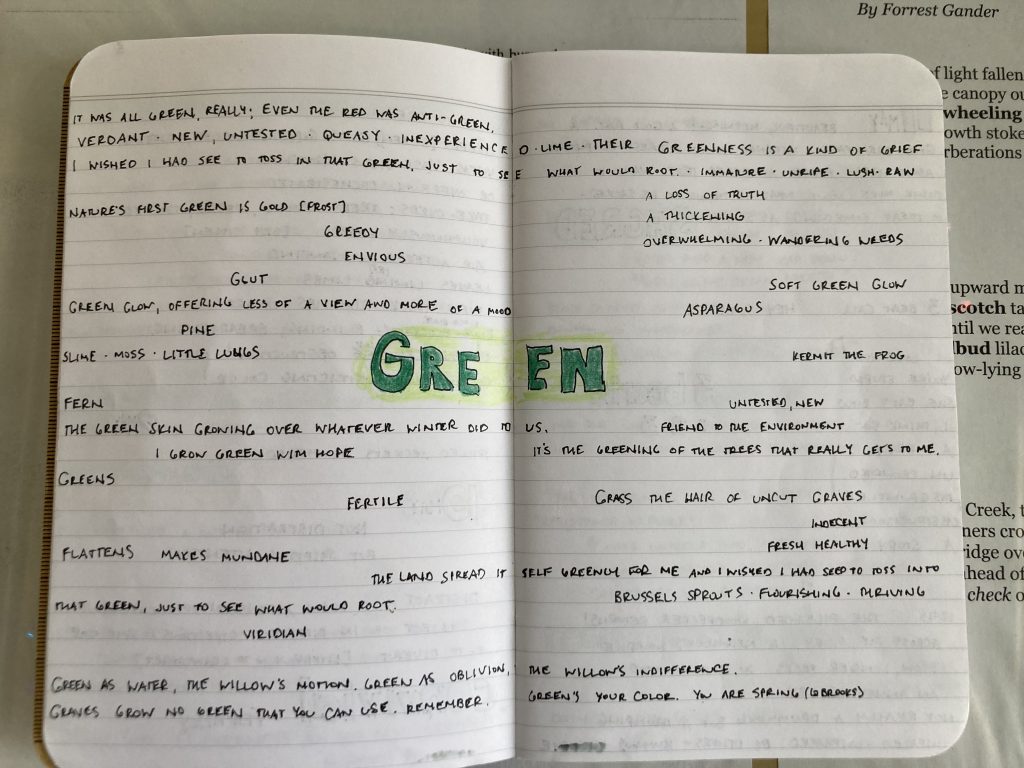3.1 miles
trestle turn around
76 degrees / feels like 82
dew point: 71
Ugh! I knew it was going to be tough when I felt too hot even before I started running. More rain last night — enough to cancel our final community band concert — and more thick, sticky air this morning.
Greeted Mr. Morning! and Mr. Holiday. Saw Dave the Daily Walker but he was too far away to greet. Counted the stacked stones on the ancient boulder: 4. Heard some strange creaks below the trestle — what were people doing down there? Also heard the rowers on the river. Felt the sweat pooling on my face, my shorts sticking to my legs.
When the dew point temperature and air temperature are equal, the air is said to be saturated.
Observed Dew Point Temperature
Almost saturated — temp = 76, dew point = 71.
Looking through the trees somewhere near the trestle, I could see the river burning bright white — even the water looked hot!
Oh, this beautiful poem by Tony Hoagland! He died in 2018 (at the age of 64) from pancreatic cancer. My mom died from pancreatic cancer. It’s terrible. This poem was published in 2007.
Barton Springs/ Tony Hoagland
Oh life, how I loved your cold spring mornings
of putting my stuff in the green gym-bag
and crossing wet grass to the southeast gate
to push my crumpled dollar through the slot.
When I get my allotted case of cancer,
let me swim ten more times at Barton Springs,
in the outdoor pool at 6AM, in the cold water
with the geezers and the jocks.
With my head bald from radiation
and my chemotherapeutic weight loss
I will be sleek as a cheetah
—and I will not complain about life’s
pedestrian hypocrisies,
I will not consider death a contractual violation.
Let my cancer be the slow-growing kind
so I will have all the time I need
to backstroke over the rocks and little fishes,
looking upwards through my bronze-tinted goggles
into the vaults and rafters of the oaks,
as the crows exchange their morning gossip
in the pale mutations of early light.
It was worth death to see you through these optic nerves,
to feel breeze through the fur on my arms
to be chilled and stirred in your mortal martini.
In documents elsewhere I have already recorded
my complaints in some painstaking detail.
Now, because all things are joyful near water,
there just might be time to catch up on praise.
